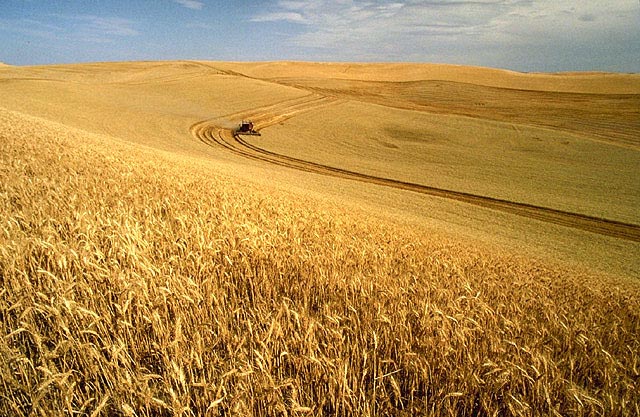Today my students made their own 100-calorie snack packs to better understand calorie density.
To set up the labs, I chose four snack foods. I purchased enough for every kitchen group to have 100 calories. For example, I have 12 kitchen groups. A bag of pretzels has 15 servings of 110 calories each, so there are 1,650 calories per bag. I needed just one bag. I chose Fruit Loops, pretzels, Reese's peanut butter cups, and peanuts.
I divided my students into four groups of four students each and sent one group to each kitchen. By reading the nutrition label, students calculated what 100 calories looks like.
Peanuts and Fruit Loops were calculated by grams. Reese's and pretzels were calculated by piece.
Students were really bummed that 100 calories of peanuts was less than a handful: Only 16 grams!
See:
28 grams per 160 calories = 28/160 = .16 x 100 calories = 16 grams per 100 calories.
The bulk of their packs was made up of pretzels and Fruit Loops. The group from the picture above had to return a few peanut butter cups. Each group only got two!
The groups go to each kitchen collecting 100 calories of each food. The food is then divided into 4 packages so each student gets a 100-calorie package.
Afterwards we discussed how fat is a very concentrated form of energy. Students can see that you can have a small amount of a high fat food, like peanuts, or a large amount of a high carbohydrate food, like pretzels.
Students who got the Reese's in their bag were consuming half of their calories in just one bite!
I learn so much from what I teach! How many of us have taken a handful (or several) of nuts for a snack? Or ate more than two Reese's peanut butter cups at a time?
I had my students do this lab for the first time before testing it myself. I had them re-check their math, because certainly there had to be more Reese's in 100 calories! The students are always very surprised by this lab and it's a great reminder for me as well.




































